Researchers measure the chemical properties of polymer nanostructures as small as 15 nm using this novel technique.
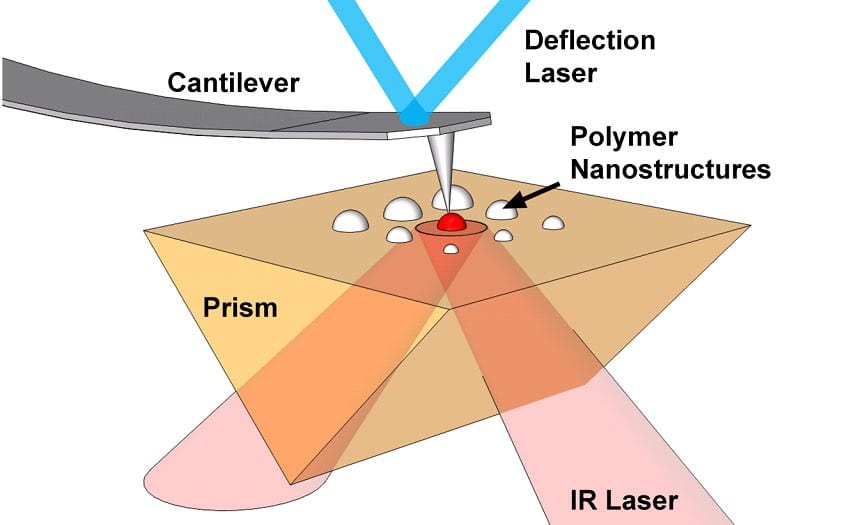

Researchers measure the chemical properties of polymer nanostructures as small as 15 nm using this novel technique.

Discover explains cooling ability of bismuth telluride and opens door to new research.

Chambers can be used for the detection and identification of a wide range of molecules, including DNA.
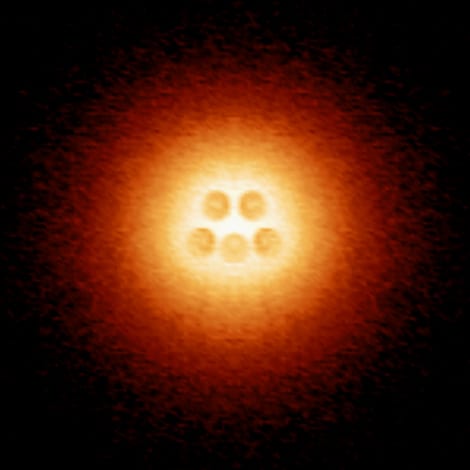
Atomic collapse state recreated with artificial nuclei by Berkeley Lab researchers.
A new technique developed by U of T Engineering Professor Ted Sargent and his research group could lead to significantly more efficient solar cells.
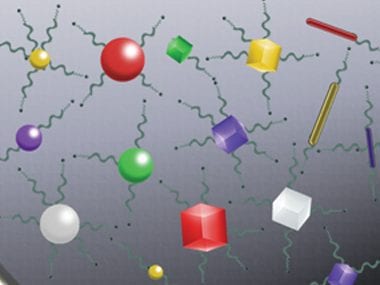
Molecular self-assembly of multifunctional nanoparticle composites with arbitrary shapes and functions
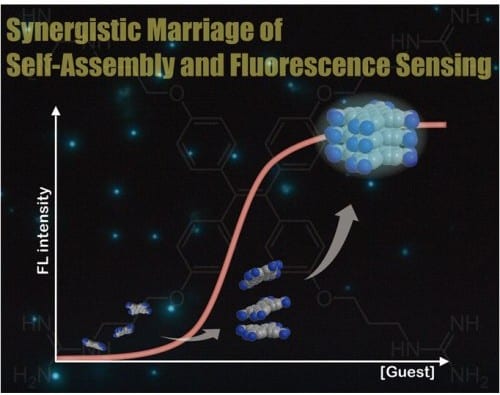
Fluorescence sensing along with molecular self-assembly leads to a highly selective sensory system for biologically important molecules.
Carbon nanowires have been obtained by tempering diamantane dicarboxylic acid inside carbon nanotubes.
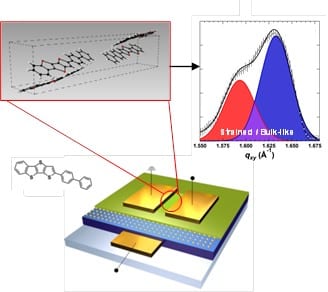
Researchers have characterised the molecular packing motifs of several new benzo-thiophene derivatives.
Researchers build a high-efficiency nanostructured electron source that could improve microwave communications and radar.